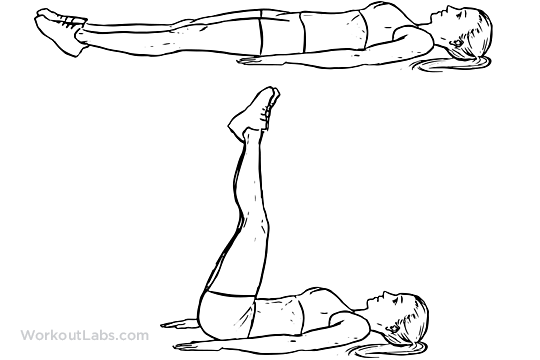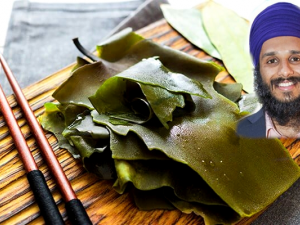This is the fourth in a series of articles of common ailments and how you can fix them yourself.
Knee are one of the most likely joints to be affected by pain. Knee pain can impact many of the things we take for granted, such as walking or climbing stairs. The best way to manage knee pain is through a combination of self-help measures.
1. Exercise
If your knee aches, starting to exercise is may seem difficult, however, experts recommend exercise as the first thing to do to manage your knee pain.
There are three types of exercise that can help:
- Strengthening. Strengthening exercises keep the muscles surrounding the knee joint strong, helping to support and protect it.
-
Flexibility. There are specific exercises that can help improve your flexibility, or you could try T’ai Chi and yoga to keep you limber.
Aerobic. To improve the endurance of the muscles around the knee, it is important to carry out aerobic exercise. Walking or swimming are low impact exercises that will build endurance in the knee without making it worse. NB: When walking try to stick to flat areas to avoid putting extra strain on the knee and wear appropriate footwear (trainers).
Strengthening exercises

3x 10reps
3 x 10 reps
Alternate the strengthening days with the endurance days.
Flexibility exercises
Quadriceps
Hamstrings
Hold each stretch for 30sec and repeat daily for 10 days.
Aerobic exercise

Walking/cycling/swimming 20mins moderate pace on alternate days for 10 days.
2. Cold packs
Cold therapy. Apply cold to the knee joint. The easiest way to do this is, once you have a shower, take the shower head off, turn it to cold and run the cold water of the knees for 2mins. Cold slows down blood flow to an injury, thereby reducing pain and swelling. Cold application slows circulation, reducing inflammation, muscle spasm, and pain.
3. Bracing
Knee braces are supports that you wear for a painful or injured knee. Some people use them to prevent knee injuries during sports. Knee braces are useful for supporting the knee joint. These can help reduce pain, make your knee feel more stable, reduce the risk of your knee ‘giving way’ and preventing reinjury.
4. Losing weight
If you're overweight, losing weight is a key measures to ease knee pain. For every 10 pounds/4.5kg of weight you gain, you increase your risk of developing knee OA by 40%. The opposite is also true: lose ten pounds and you reduce your risk by 40%.
All of the approaches described can help make you fix your own knee or at the least reduce your knee pain so that you can get on with life.
Harbir Singh
M. OstMed
BarefootDoctors.co.uk
Related Articles:
http://www.sikhnet.com/news/self-treatment-acute-back-painhttp://www.sikhnet.com/news/self-treatment-injury-neck





